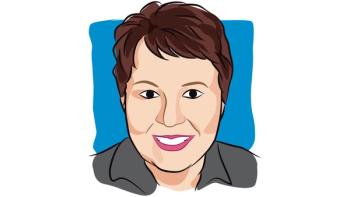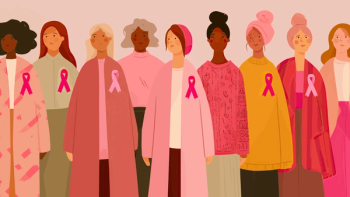
- Winter 2007
- Volume 6
- Issue 6
More Women Choosing Double Mastectomy
The number of women choosing aggressive breast cancer surgery has doubled in the past decade.
After examining six years of data, researchers at the University of Minnesota found the number of women opting for double mastectomies in the United States has more than doubled, according to research published in the Nov. 20 issue of the Journal of Clinical Oncology.
Investigators looked at retrospective data from 1998 to 2003 of more than 150,000 women diagnosed with stage 1, 2, or 3 cancer in one breast. Most women had breast-conserving surgery (57.8 percent) or mastectomy of the affected breast (38.9 percent), but 4,969 women, or 3.3 percent, chose to have both the cancerous and healthy breast removed (contralateral prophylactic mastectomy, or CPM).
Among women undergoing mastectomy, the rate of CPM increased from 4.2 percent in 1998 to 11 percent in 2003. Characteristics seen in women having double mastectomies included young age, white race, and a previous cancer diagnosis.
Women diagnosed with cancer in one breast have an increased risk of cancer in the other breast, about 0.5 percent risk each year, which does not change over time. Adding in other factors, such as previous chest radiation and carrying the BRCA1 or BRCA2 gene mutation, may increase the risk even more, say the study’s authors.
Studies suggest that while CPM can reduce the risk of contralateral breast cancer, it may not improve survival. Authors of the study say better detection and chemoprevention therapies are alternative options to CPM. Data from the National Cancer Institute also show the rate of CPMs and breast-conserving therapies is increasing, with fewer women having unilateral mastectomies.
Researchers hope further studies will tease apart why women are choosing the more aggressive breast cancer surgery over unilateral mastectomy, but previous analyses found the most common reason was advice from physicians, in addition to fear of recurrence and body image. Increased use of breast MRI (magnetic resonance imaging) with non-specific or suspicious findings may also be leading to more CPMs.
Articles in this issue
over 15 years ago
Support Sitesover 15 years ago
Resourcesover 15 years ago
Caught in Medicare Limboover 15 years ago
My Healing Journalover 15 years ago
Where to Find Helpalmost 18 years ago
Breaking News from ASH and SABCSalmost 18 years ago
Message from the Editoralmost 18 years ago
Warning Signsalmost 18 years ago
A Dose Of Informationalmost 18 years ago
Art & Life




